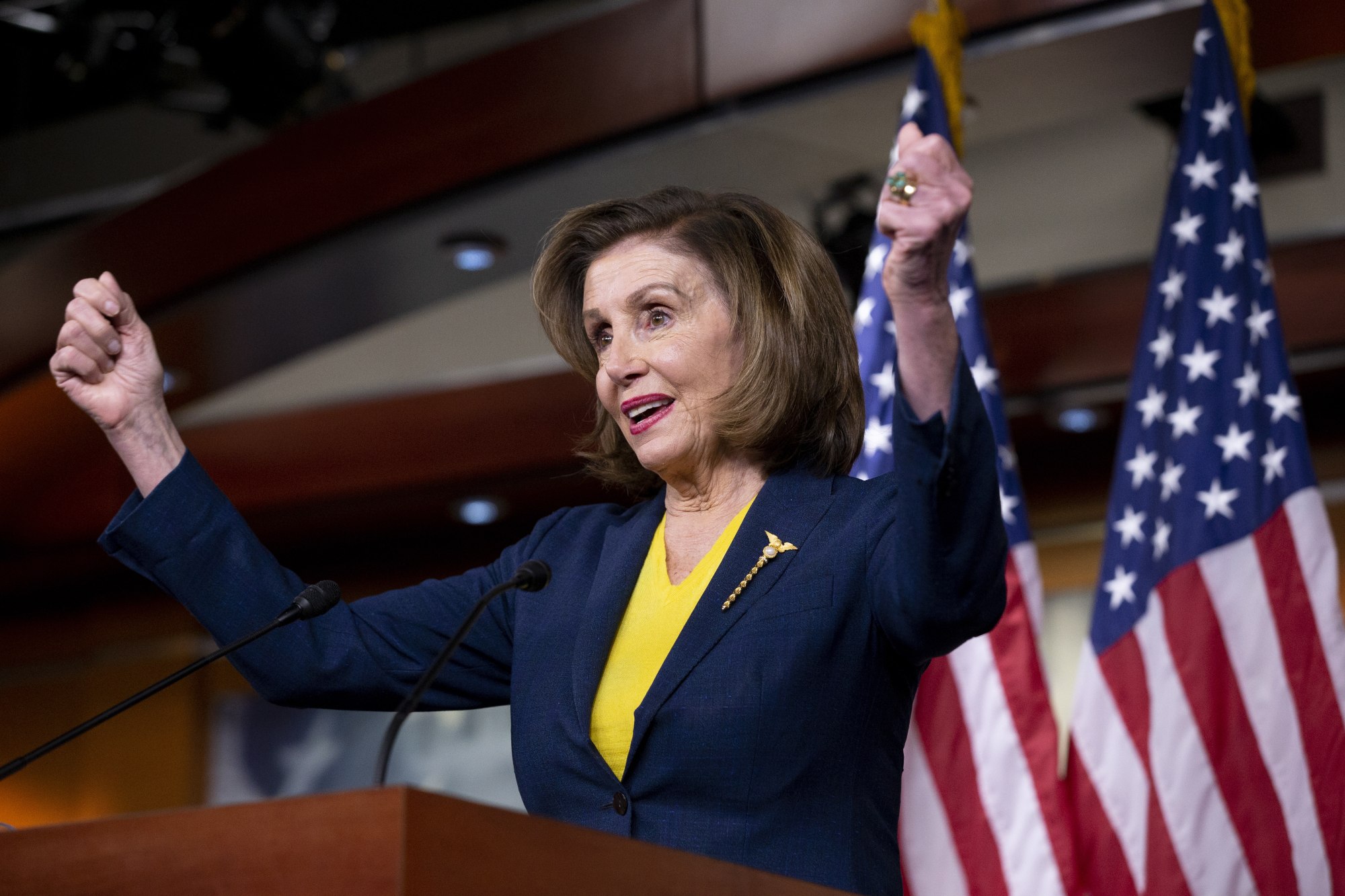
Why the Federal Reserve is taking a modest approach to raising interest rates
- The Fed’s more aggressive policy-tightening stance is not surprising in the face of US inflation
- However, the expected interest rate rises two or three times a year seem relatively restrained given that unemployment is not a huge concern
It is also forecasting three policy rate hikes in 2022 instead of just the one in its September forecast. The first rise could come as early as June.
Given that US inflation has hit a multi-decade high, the Fed’s more aggressive policy-tightening stance is not surprising. However, its projection for policy rate increases in 2023 and 2024 is still modest. Even with the unemployment rate forecast to fall below the long-term projection of 4 per cent, the Fed only expects to raise the policy rate two to three times a year. Why?

Debt held by the public is equivalent to 102 per cent of GDP, compared to 35 per cent of GDP in 2007 before the global financial crisis. Hence, the financial crisis and the pandemic have led to a surge in US government debt.
This is not a burden on the government’s budget when interest rates are low. The current government bond yield implies that the US government only needs to pay 1.5 per cent on a 10-year loan.
However, with limited projected growth in revenue and the rise in social security and health care spending, federal government debt will continue to rise. The CBO projects that the debt held by the public will rise from 102 per cent of GDP in 2021 to over 140 per cent in 2040.
The net interest cost of servicing this debt would rise from 1.4 per cent of GDP in 2021 to 5 per cent in 2040, assuming 10-year government bond yields rise from the current 1.5 per cent to 3.8 per cent.
These ratios mean the US federal government could spend US$2.2 trillion by 2040 on net interest payments alone, compared with US$3 billion in 2021, assuming bond yields are allowed to rise significantly.
This would take away important resources from essential government spending, such as health care and social support.

Another challenge is that the federal government could get stuck in a debt spiral. If interest rates are higher than the pace of nominal economic growth, even if the federal government manages to balance the budget every year, the overall government debt to GDP ratio would rise.
This challenge can be overcome in three ways. The government could spend less or raise taxes, to run a budget surplus and reduce debt. This, however, does not seem likely in the current political environment.
As US debt piles up, what happens if faith in Treasuries is shaken?
Second, the economy could grow faster, which would require quicker productivity growth or labour growth. But US demographics and the current fiscal revenue and spending structure make these options less likely.
An easy way out would be to keep interest rates lower for longer. While the Fed is independent and targets price stability and full employment, a deterioration in the government’s fiscal position could be seen as a threat to economic growth, which would endanger the job market. Hence, the Fed could be inclined to keep rates low in the long run.
Even as the Fed prepares to raise rates in 2022, America’s fiscal position could be a bind on how far the central bank could go in the long run. For investors in Asia, cash returns are still likely to be weak and fall behind inflation. Generating income could remain an ongoing theme in constructing portfolios.
Tai Hui is chief market strategist for the Asia-Pacific at JP Morgan Asset Management


